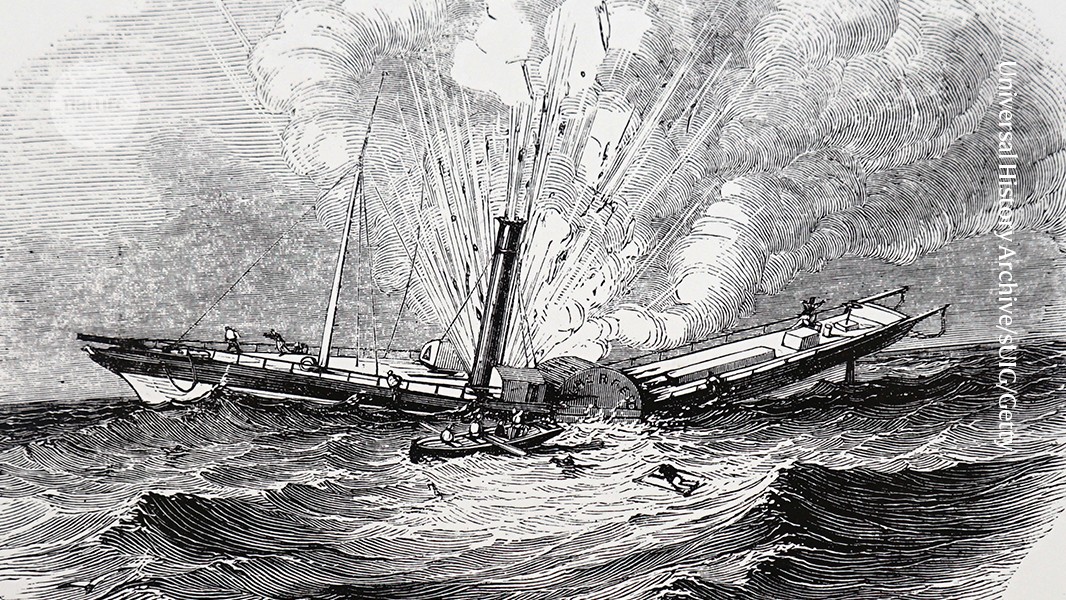Andre Fa’aoso, an incoming first-year student at Yale, has been in the United States for 12 days. He arrived from New Zealand on his own, three suitcases in tow.
As he pulled his luggage through downtown New Haven, Conn., a woman handed him a flier describing his new city as crime-ridden and dangerous. It listed alarming local crime statistics and instructed students to “remain on campus,” “avoid public transportation” and “stay off the streets after 8 p.m.” Illustrated with a picture of the Grim Reaper, the flier wished students an ominous “Good luck.”
But perhaps most jarring was the source of the flier, listed plainly in its text: the union that represents Yale’s own campus police.
In the days since the union distributed the “survival guide” leaflets, Yale administrators and police officials have been scrambling to calm first-year students and their parents.
Anthony Campbell, the chief of the Yale Police Department, said the leaflets wrongly painted New Haven as “a war zone.”
“I am extremely hurt and sad and disgusted by the actions taken by the Yale Police Benevolent Association,” the police union, said Mr. Campbell, who once led the New Haven Police Department. “I think it is divisive and destructive for any police officer to disparage the city in which they work.”
The police union flier reported that “murders have doubled, burglaries are up 33 percent and motor vehicle thefts are up 56 percent,” in the first seven months of the year.
The numbers are accurate. But Mayor Justin Elicker called them cherry-picked and misleading. He noted that violent crime has decreased by 29.2 percent since 2020. Although homicides are up, the number of shootings has come down.
“Overall, over the past three years or so, crime is down,” he said, adding, “While the actual numbers may be accurate, they don’t present the full picture of what’s going on.”
The fliers strongly resemble pamphlets that public safety officers handed out to travelers arriving in New York City in 1975.
“Welcome to Fear City,” those fliers read, as unions representing public safety officers tried to fight layoffs.
Yale’s police union is in contract negotiations, although its lawyer, Andrew Matthews, said the fliers were not a tactic in the talks.
Instead, he said, officers in the union were likely trying to raise awareness about crime in New Haven for some of its newest residents.
“I don’t think there was an attempt to fearmonger or scare people,” he said.
Mr. Matthews, a former officer with the Yale Police Department, said the union wanted its pamphlet to stand out amid the deluge of papers that first-year students would receive.
“And without a doubt,” he said, “their pamphlet stands out.”
The town-gown relationship has long been fraught between Yale, one of the world’s most selective universities, where white students make up the largest demographic, and New Haven, which has long struggled with crime and poverty, and is majority Black and Hispanic.
Students and city residents talk about the Yale “bubble.” Jay Gitlin, a history professor who teaches the popular course “Yale and America,” called it “Fortress Yale.” Articulating the longstanding town-gown mentality, he said: “New Haven is out there; Yale is in here.”
Around campus on Thursday, few incoming Yale students appeared to accept the police union’s message.
“I thought it was quite alarmist,” said Mr. Fa’aoso, 18.
Brice June, an 18-year-old first-year student, said the flier was “tough” because he and his classmates were all in a new environment.
“Although New Haven can be a rough city, the contents on this flier are misleading,” he said in an Instagram message, “especially for someone who’s unfamiliar with the town.”
The leaflets frightened some students, and scared some of their parents.
“To be presented with a flier that says that you’re dropping your kids off in a dangerous place must have been really upsetting for some of the families,” Mr. Elicker said.
Mike Lawlor, a professor at the University of New Haven who is also a New Haven police commissioner, said that New Haven’s challenges mirror those of other American cities.
“If you’re trying to paint a picture of crime out of control, it’s not at all accurate,” he said, adding that the crime rate is “lower than it was 10 to 15 to 20 years ago, that’s for sure.”
Mr. Campbell, Yale’s police chief, said the fliers could do harm to campus safety, and to the department’s reputation.
“When you see, from the day you’re moving in, that the police department doesn’t have its house in order, then you start saying: ‘Well, can I even count on you to tell me the truth and to really keep me safe?’” he said.







More News
Deadly Landslide in Papua New Guinea, and Israeli Strike Kills Dozens in Rafah Camp
Opinion | My Life in the Brat Pack, Reconsidered
China, Japan and South Korea Hold Regional Summit Overshadowed by U.S.